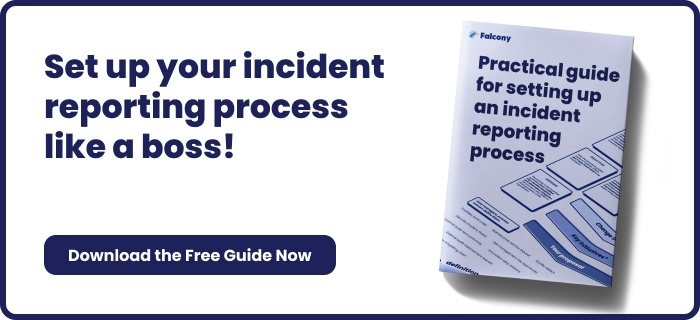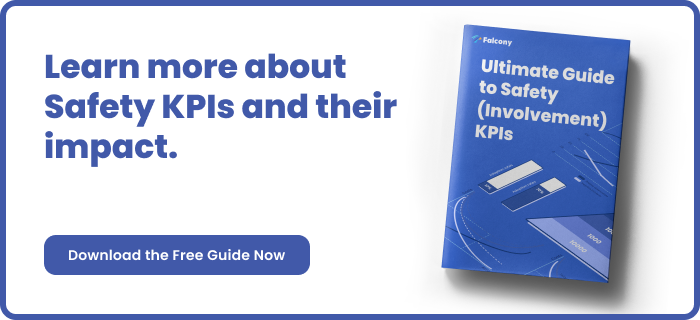Different businesses have distinct safety issues. However, every safety manager can improve his or her work efficiency. These seven ideas tell you how to do it.
1. Use the Right Tools
There are as many different safety issues as there are different businesses. An efficient safety manager uses the right tools to streamline company’s safety processes and to increase the number of incidents reported. A great tool is a software that automatically generates reports based on the inserted data. In the end, the manager doesn’t need to waste time on building excel sheets or interpreting bad handwriting on paper notes.
2. Analyse Metrics
The safety field has several metrics that are worth using. A smart set of right questions and employee answers can inform the manager about key performance indicators which predict the future. Interpreting trends facilitate safety management as the manager can prepare for the likely upcoming events. Metrics can also be used in recognising good safety efforts in the workforce.
3. Build a Strong Safety Culture
One of the most important tasks of a safety manager is to create a clear safety culture in an organisation, to prevent the same safety related mistakes from happening over and over. This means involving every employee in the organisation line. The safety manager doesn’t “own safety”, but should make sure that everyone understands it’s a shared matter and responsibility. And when decisions are made, make sure that those changes are visible and noticed by everyone. It is important for the safety culture that issues are really addressed and acted on.
4. Delegate Errands
Delegating right tasks can easily streamline safety management. Naturally, the impulse for delegation can’t be the inability or disinterest in the subject matter, but the desire to involve people in the safety processes. When more people are involved in observing and reporting safety issues, they understand better why the matters are important and start to pay even more attention to possible fixes. By delegating tasks a manager builds the company’s safety culture.

5. Communicate Openly
Communicate with people. Avoid any symbolic walls that prevent employees from sharing ideas or reporting safety issues. Choose the right channels for safety communication and clarify the message. Make sure the company uses the most suitable and comprehensive software for safety reporting and analysis. It’s vital to have an efficient information flow from the bottom to the top.
6. Justify Safety Rules
Sometimes company employees don’t respect the safety rules and experience that the guidelines only hamper their work. But often the reason behind this kind of behaviour lies in the reasoning. The deeper meaning of safety instructions is not understood which then results in negligence. In order to avoid such situations and to make the manager’s work more efficient, it’s crucial to clearly communicate why specific safety rules ought to be followed. Don’t just run through the rules, justify their existence.
7. Separate Manager Level Tasks
One of the most important issues in safety management is to separate the tasks that are really worth the manager’s time. Sometimes the safety manager ends up being the person to physically act on issues like malfunctioning locks or manual update of electronic keys. But what are really the most important safety issues in the organisation? Safety manager’s time shouldn’t be wasted on tasks that don’t require management level expertise.
When put in action, these seven recommendations can truly streamline safety manager’s everyday work. But there is one more attribute that greatly affects manager efficiency. It is the sincere interest and motivation for the job. Only a motivated manager is able to find better solutions, streamline safety processes and build a consistent safety culture in the company.
Metrics and Safety KPIs set the base for efficient safety management. You can learn more about them from our FREE guide:

We are building the world's first operational involvement platform. Our mission is to make the process of finding, sharing, fixing and learning from issues and observations as easy as thinking about them and as rewarding as being remembered for them.
By doing this, we are making work more meaningful for all parties involved.
More information at falcony.io.






